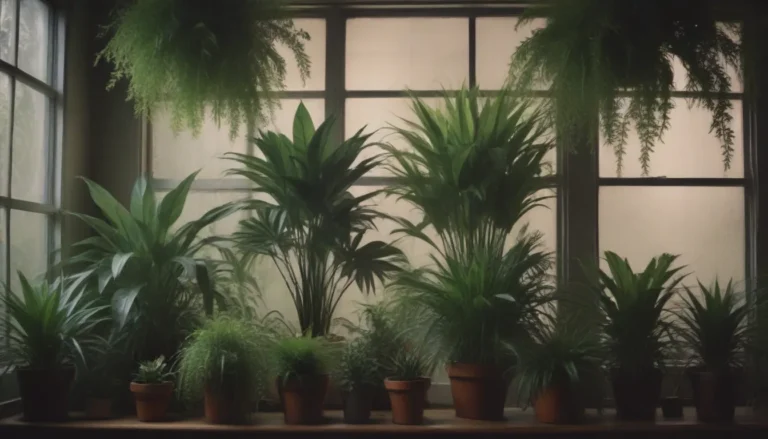How to Grow and Care for Violas: A Comprehensive Guide

If you’re looking to add a splash of color and charm to your garden, look no further than violas. With over 500 species in the Viola genus, including annuals, perennials, and subshrubs, violas offer a wide range of options for any garden enthusiast. Whether you prefer the distinctive look of pansies, Johnny-jump-ups, or violets, violas have something for everyone.
So how do you grow and care for these beautiful flowers? Follow this comprehensive guide to learn everything you need to know about cultivating violas in your garden.
Viola Care
Violas are versatile plants that can thrive in a variety of conditions. Here are some essential care tips to help your violas flourish:
-
Planting: Look for healthy plants with lots of buds when purchasing violas. Space mounding varieties 6 to 8 inches apart, and trailing or spreading varieties 10 to 12 inches apart. Violas typically begin blooming 12 to 14 weeks after planting seeds.
-
Light: Violas prefer sun over shade but don’t like excessive heat. In hot summer months, provide some shade during the hottest part of the afternoon.
-
Soil: Violas thrive in humusy, moist soil. Use a peat-based potting mix or garden soil amended with organic material. Violas prefer slightly acidic soil, so add peat moss to help acidify garden soil.
-
Water: Water regularly, allowing the soil to dry out between waterings. Violas can tolerate some drought but bloom best with consistent watering.
-
Temperature and Humidity: Violas love cool weather and thrive in temperatures ranging from 40 to 70 degrees Fahrenheit. Mulch and water can help offset stress from high temperatures.
-
Fertilizer: Mix a slow-release fertilizer into the soil in spring and late summer to promote a fall bloom.
Types of Violas
While there technically is no difference between violas and pansies, there are many distinct types of violas within the genus. Here are a few common varieties:
- Viola x wittrockiana
- Viola tricolor
- Viola sororia
- Viola cornuta
Pruning
To promote blooming and extend the flowering period of your violas, regularly remove faded flowers by deadheading them at the base of the flower stem. You can also rejuvenate leggy plants by cutting them back to about 3 to 4 inches tall.
How to Grow Violas From Seed
Violas are easy to start from seed and can self-seed throughout your garden. If you prefer to start your own indoors, follow these steps:
- Start seeds 8 to 12 weeks before transplanting.
- Warm climate gardeners should start their seeds in mid-summer for fall transplanting.
- You can also sow seeds directly into the garden, though this works best in regions with a long growing season.
Overwintering
In warm climates, violas can survive the winter and even continue blooming. Be sure to check the hardiness zones for your specific variety and fertilize throughout the winter. For added protection in colder weather, mulch over your violas to insulate the roots.
Common Pests & Plant Diseases
To avoid issues like gray mold or aphids, provide good air circulation and adequate sunlight. Treat aphids with insecticidal soap if needed. Regular maintenance and monitoring can help prevent common problems.
How to Get Violas to Bloom
Violas bloom easily and for an extended period with proper care. Deadhead spent flowers, fertilize monthly during the growing season, and trim plants in late summer to encourage autumn blooms.
Common Problems With Violas
While violas are generally low-maintenance plants, you may encounter occasional issues. Here are some common problems and solutions:
- Brown Spots on Leaves: Remove affected leaves and treat with fungicide.
- Drooping Leaves or Flowers: Adjust watering and spacing to address overcrowding or moisture issues.
With the right care and attention, violas can be a stunning addition to any garden. Keep these tips in mind to ensure your violas thrive and bloom beautifully throughout the season. Whether you plant them in pots or in the ground, violas are sure to add pops of color and cheer to your outdoor space. Happy gardening!





